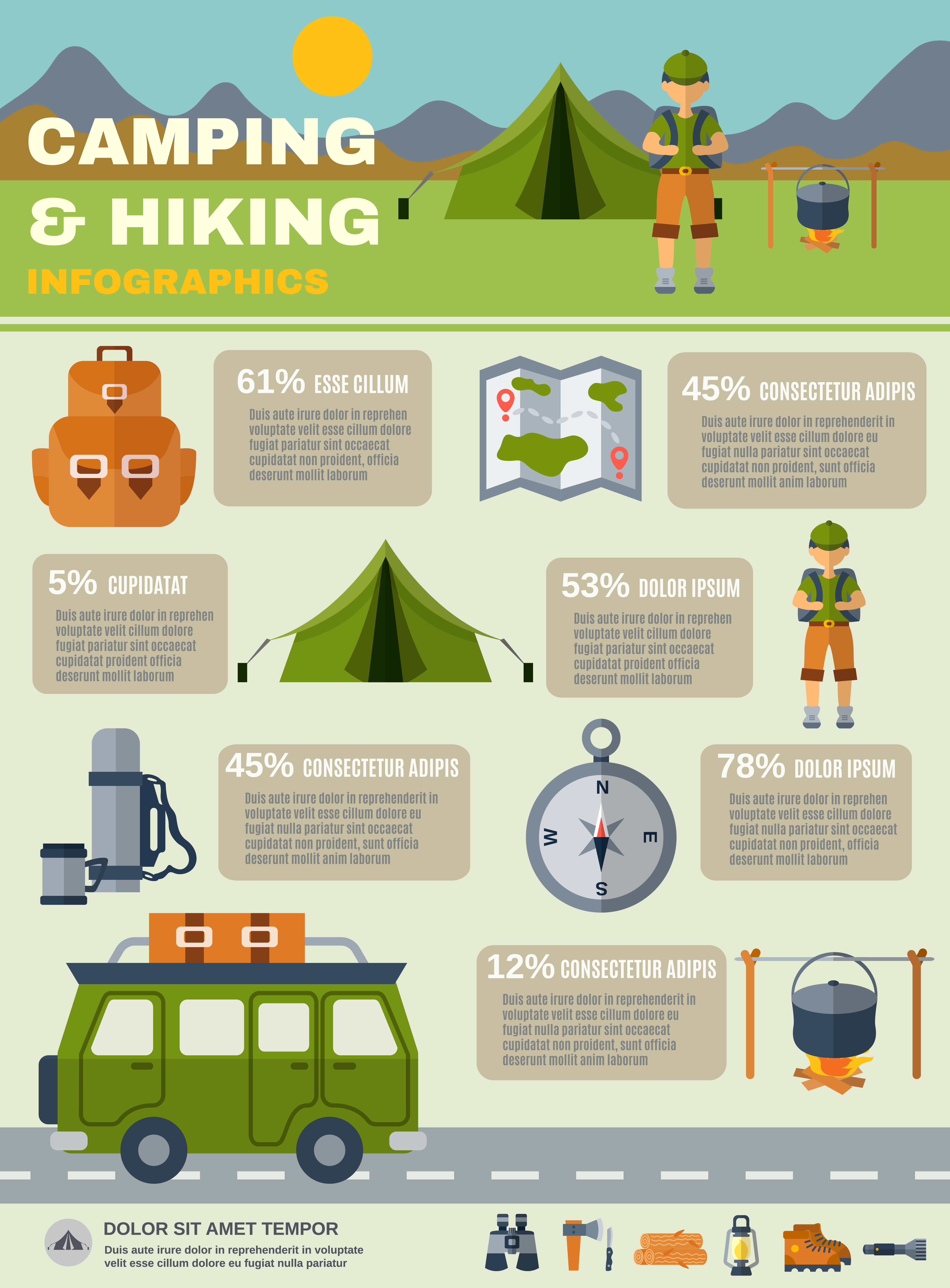A camping tent isn't as hard to establish as it may seem. With practice, it can be carried out in concerning 10 minutes or much less.
Are canvas tents worth the money?
Initially, spread out the groundsheet or tarpaulin. Next, set up the tent posts (most are folded and held together by shock cable.) Each end matches a slot on the outdoor tents or with plastic clips that break on to completions.
Area
Picking the right location for your tent is essential to a comfortable camping experience. It's important to pitch your tent in an area that is without rocks, branches and various other journey threats. In addition, you should choose an area that is well away from cooking and restroom areas to prevent the smoke of campfires and various other camping area tasks from wandering right into your outdoor tents.
In addition, you should look for a flat spot that is at least as large as your camping tent. It's also a great idea to lay down a ground cloth to secure your camping tent from stumbling and various other troubles.
If you do not have risks, trim some branches to make them enough time to anchor your tent. Alternatively, you can use broken tree branches. These are usually stronger than the sticks that include your camping tent. Preferably, it's finest to practice establishing your camping tent in your home prior to your journey to ensure you recognize how to do it correctly.
Poles
Typically, camping tents have either one post for each and every end that develop a triangle or several little, straight outdoor tents posts. Some tents also have a rainfly that offers extra protection from wind and rain. Inspect the outdoor tents's guidelines for info on exactly how to set up the poles and the rainfly.
Locate a level area that is large enough for your outdoor tents, without sharp rocks and branches and low spots where water can accumulate. Put down the footprint or ground cloth and established the outdoor tents body, matching each corner of the tent to the edge of the impact.
Then fit the tent posts into their sleeve or clip at their connection factors in the camping tent fabric and raise the outdoor tents. Tie down the tent with ropes or stakes, relying on your camping site surface area. Think about using shock cord such as dyneema core as opposed to routine cord at risk points as it has less stretch and holds the outdoor tents much more solidly.
Rainfly
Prior to you pack up, if it's not drizzling, shelter your backpack and any kind of exterior things pocket from the weather condition to keep your equipment dry. Likewise, if the outdoor tents is wet and you're packing up in the rainfall, shield it as high as feasible (under your pack or a tree).
Before you begin putting away your outdoor tents, take a moment to set a ground cloth or impact (optional). This will aid keep dust and debris from getting cool camping gifts inside the outdoor tents where you'll sleep. It will certainly also give additional insulation from the cold.
Guy Lines
Since you've checked out and followed the instructions, popped in your camping tent poles and obtained your rainfly in place (and it appears like a tent), it's time for the person lines. Like a ship needs supports, your tent requires these extra support lines to make certain structural security when faced with wind and various other weather condition aspects.
The majority of camping tents have little loopholes, called man loopholes or guy line loopholes (some rainflys also have grommets), that you can utilize to link the man line to. Otherwise, you can also utilize a larks foot or executioner's noose knot to connect the cost-free end of the line to a stake or various other support. Ensure your support is pushed in at a 45-degree angle, to increase the resistance to forces pulling on the individual line. The tension on the lines must be limited enough to preserve tent shape and security, yet not so tight that it places stress on the camping tent textile or seams.

 Kel Mitchell Then & Now!
Kel Mitchell Then & Now! Mason Gamble Then & Now!
Mason Gamble Then & Now! Seth Green Then & Now!
Seth Green Then & Now! Barbi Benton Then & Now!
Barbi Benton Then & Now! Robin McGraw Then & Now!
Robin McGraw Then & Now!